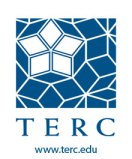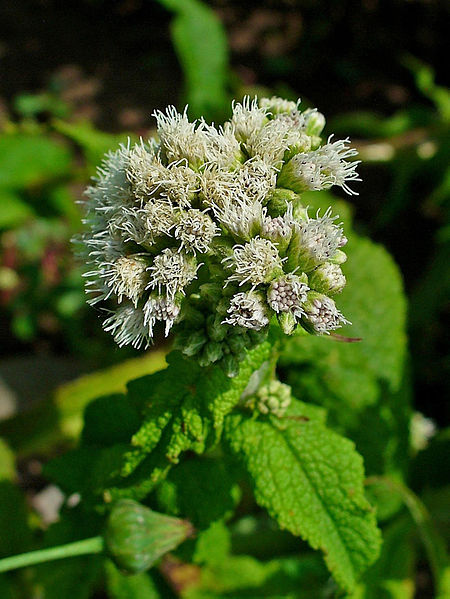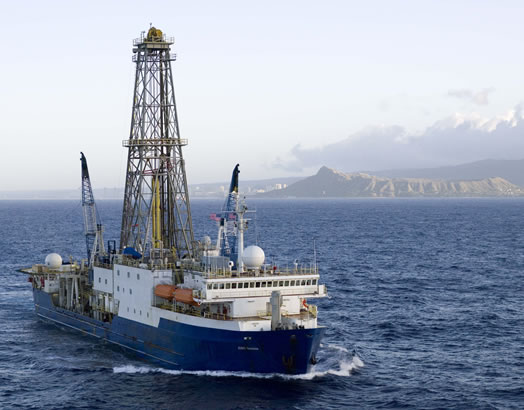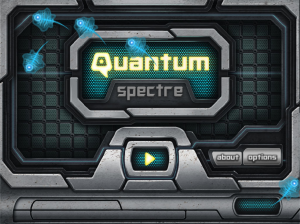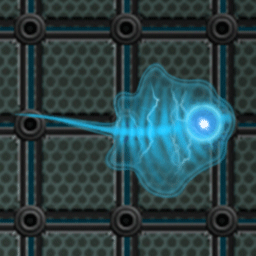At TERCtalks, we’re excited to be kicking off a series of Q&As with PIs, PDs, and the other talented staff that make us tick out here in Cambridge. In our maiden Q&A voyage, I sat down to chat with Dr. Jodi Asbell-Clarke, an astrophysicist, educator, and Senior Principal Investigator (PI) who has been working at TERC for over 20 years developing online learning progressions, coursework, and curricula in the Earth and Space Sciences. In 2009, Jodi started the Educational Gaming Environments (EdGE) group to study science learning through ‘gamer-approved’ games. In the three years since, she and her team have developed and evaluated numerous transmedia games (including Martian Boneyards and Canaries in a Coalmine); presented at GLS (Games, Learning, Society), the Cyberlearning Research Summit, and Games for Change; published an extensive compendium of research papers; and picked up a lot of consoles and tablets to clock countless in-world hours. Here, Jodi talks with me about EdGE’s current work, favorite games, and what’s next from the ‘cutting-EdGE’…of STEM gaming research and development.

Jodi Asbell-Clarke of the Educational Gaming Environments (EdGE) group at TERC
TERCTalks: Hi Jodi. Would you mind starting off by telling us how learning and gaming fit together?
Jodi Asbell-Clarke: Our research within EdGE has focused on how games people play in their free-choice time (that is, in out-of-school or informal environments) can be leveraged for STEM learning outcomes. We’re not designing to the common notion of an “educational game”— we’re trying to design and evaluate young adult games that are highly challenging, immersive, and have compelling graphics and science-rich storylines that appeal even to seasoned gamers.
TT: Could you tell us a bit more about why ‘highly challenging’ games appeal to players?
JAC: I can. Seymour Papert coined the term ‘hard fun’ in relation to his studies in engagement and motivation in learning. ‘Hard fun’ defines an experience that is fun because it is hard. Translated into game design, that means designing a game that is persistently challenging but within grasp of the player to motivate them to keep playing. Interestingly, this notion encapsulates exactly what good teaching does as well. We are constantly thinking about the notion of ‘hard fun’ or how to make our games robust with advanced science content but simultaneously within grasp for our players.
TT: Can you share with us some familiar examples of young-adult games or game experiences (either of EdGE’s own creation or of familiar name) that have had positive results for the research you do?
JAC: I have two familiar examples that have informed the game development we’ve done in EdGE. The first is the Portal series. The Portal games really intrigued me as an educator and a budding gamer. Portal features an immersive first-person environment—and the way Valve developers have scaffolded the gaming experience to build on player knowledge for advancement mirrors formal educational pedagogy. Did I mention that Portal is extremely addictive? I actually spent a lot of time grinding at the game when I should have been finishing up my dissertation…
Another example is Angry Birds. With earlier versions of Angry Birds, you again have this engaging gaming model—so like Portal, you have an embedded mechanism that is highly addictive—especially in relation to players experiencing physics. But in the early games, the developers chose not to tweak the game content to include accurate laws of motion. So with Angry Birds—you have a cool model, but the physics was misleading. That could be worse than not having physics content at all!
In short, Portal and Angry Birds are two different models we examined when thinking of how to design games that are exciting and compelling and—with good design—can ALSO be educationally substantive.
TT: Can you tell us about a current project EdGE is working on currently to design ‘exciting and educationally substantive’ games?
JAC: We’re working on a project called Leveling Up, in which we’re designing at least four games to support and measure standards-based high school science content. We’re currently recruiting players for a game called Impulse! that starts with a simple-but-effective structure similar to that of Angry Birds—players have to propel a ball into a net. That impetus doesn’t change, but ascending levels require players to contend with gravitational forces, electrical forces, and ambient “enemy” particles that change, move, obstruct paths, and are notably dictated by Newton’s Laws. So, we’re anticipating that students who play this game will not only be better predictors of physical laws when they encounter them in class, but will have that intimate experience with physics that they can leverage in the classroom and beyond. We are using really cool new methods to measure learning in these games. NSF has funded us to look at these games as innovative assessments that could be used in future learning environments.
TT: In another current project, you’re partnering with Finnish researchers to examine STEM learning and engagement in transmedia games. How did this partnership come about?
JAC: The National Science Foundation brought together a team of 15 US and 15 Finnish researchers from different institutions—all of whom were already funded by NSF, or the equivalent Finnish agency, to do ‘cutting edge’ research in STEM education. We met at the Finnish embassy for 2 days—to learn from each other, network, and design a collaborative project. At first, that seemed impossible, but magically, at the end of 48 hours, we had a blueprint for Project FUN—short for the “Finnish-US Network”.
Over the next 2 years and 4 meetings, we’ll be sharing and evaluating our tools and methodologies for looking at engagement and learning in transmedia gaming. Right now, our US partners are comprised of WGBH (who has designed online games and some augmented reality games for elementary age students), NIU (led by Brianno Coller, who has lead the design of highly creative games with creative outcomes for college students that rely on engineering problem-solving) and the EdGE team. Our Finnish partners are also experienced in game design for public school and university audiences. Interestingly, in their research, our Finnish partners use innovative methods such as sensory tracking—things like Computer-Human-Interaction devices to study eye movement and biofeedback to examine engagement. We are really excited to blend those methods into studies with our new forms of assessment of emergent learning in games that use educational data mining techniques. We think this could be a powerful new form of assessment that will change the way people think about STEM learning and assessment.
TT: What does the education climate look like in Finland in regards to school systems, assessments, etc.? How will this inform the Project FUN?
JAC: The Finnish educators I met in in Washington talked about entirely different measures used in their school system. They look more holistically at students’ learning experience. They measure “sense of purpose” and “wellbeing” in evaluating a learning activity or assessment.
Finland is interesting because it has repeatedly performed in the top three in international comparisons of education, such as PISA. They have extremely high standards for the teaching profession, and high respect and pay for teachers. They also focus on creativity, imagination, and individual initiative in their education system, and it seems to work!
We hope that FUN will help us all to ask the right questions going forward, use the most effective tools and methodologies for studying game-based learning from our studies and the Finnish studies to create some of the most innovative learning environments out there.
TT: Do you anticipate STEM-learning through gaming can be useful for underserved learners? Why?
JAC: This gets to the heart of my work as an educator. Most of the curriculum development work I’d been doing for the past 20 years only reaches a select audience—and doesn’t impact on a significant population of underserved learners. Through game design and development, I don’t have to go through schools or struggle with trying to reach those students with learning difficulties by offering up a traditional curriculum. I get a point of entry where many underserved learners already are. Actually, I was an apathetic student in the science classroom and lab early on, so I certainly understand the need for educational content that appeals to different learning styles and capabilities!
TT: So, what’s on the horizon for you and EdGE beyond Leveling Up and Project FUN?
JAC: We have a really strong team within EdGE. Beyond our game design and development work, we’re in the process of submitting a proposal to support teachers in using games as curricular examples in school environments through new toolsets and methodologies. We just submitted a proposal for a e-sports lab that would employ collaborative tools we’ve developed in our own games and engineering design challenges to create this participatory experience where players can design everything from prosthetics to parkour shoes. And of course, we need a couple more years to validate the learning outcomes in our current games and gameplay.
We want to get to the point where it’s evident that gaming can pass muster for real learning assessments. We have great partnerships with GameGurus, our evaluation team New Knowledge Organization, and other researchers like the University of Wisconsin with whom we are designing backend mechanisms to collect research data on players that can be integrated with school data. Ultimately, the goal of all of our work with EdGE is to build towards ubiquitous learning environments—through the measurement, tracking, and further validation of game-based learning.
For more information about EdGE, please visit the EdGE website, and connect with the team via their blog, Facebook and Twitter.
![A small fry culled from a big pond. By U.S. Fish and Wildlife Service [Public domain], via Wikimedia Commons](https://terctalks.files.wordpress.com/2013/07/sacramento_splittail_small_fish.jpg?w=600)


